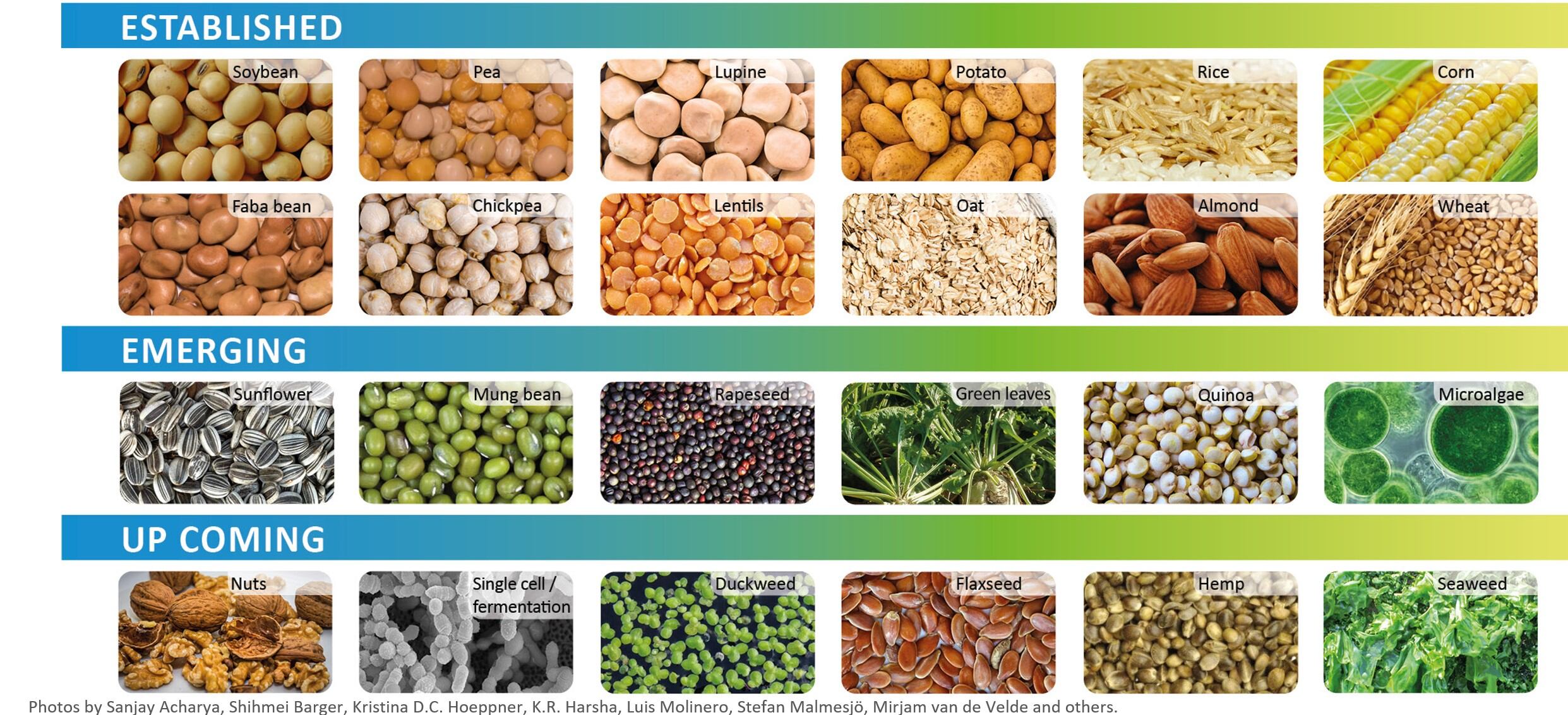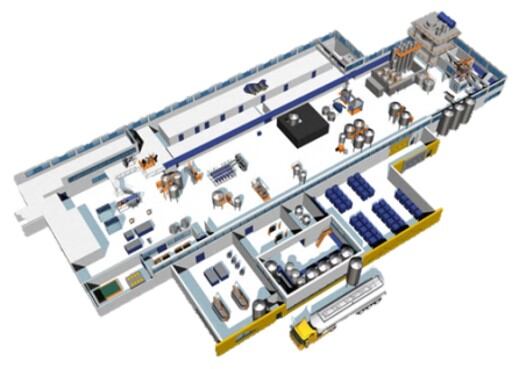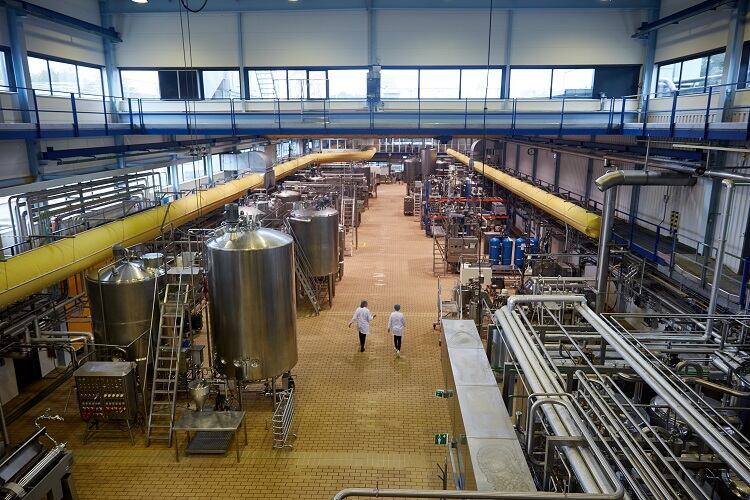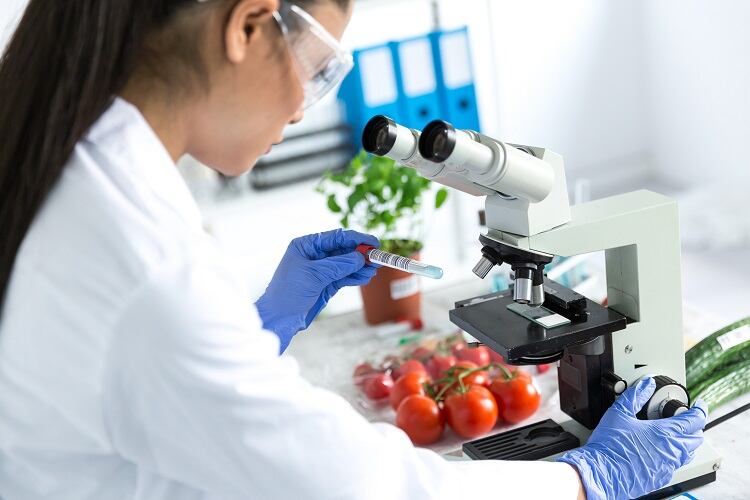This month, René Floris, NIZO Food Research Division Manager and FoodNavigator advisory panel member, asks Ruud Heshof, Senior Project Manager at NZIO, about the journey to prove the viability of a new plant protein and get it market-ready.
René Floris: What is ‘scaling up’ of protein production, and why does it need to be done?
Ruud Heshof: The first step in developing a new plant protein often takes place in the laboratory, with a small amount being extracted from a new source or side stream. But to make sure the protein is a viable product, you need to be able to produce large amounts. If you can’t do this ‘scale-up’, the protein may be a dead end.

A start-up might need this proof of viability to gain additional funding for the project, for example. A food manufacturer, on the other hand, may want to ensure it can cost-effectively turn an interesting side stream into a market-ready ingredient, or create demo cases for filing for a patent.
In any case, it’s a very different thing to extract a small amount of protein in a lab, versus developing a full-scale production process.
RF: What are the challenges of scaling up a new protein?
RH: In the lab, you may be able to extract a small amount of protein by following certain steps, in a certain amount of time. However, very often these same steps, in the same order, don’t give the same result in a full production environment. Furthermore, they may not be the most efficient, safe or cost-effective technique.
For one thing, the equipment is a lab versus a plant is very different, not only in size, but also in design. A centrifuge in a laboratory is generally run with batches, using tubes or buckets. But in a manufacturing facility, it is a continuous process with different timing and gravitational forces.
Steps may also take more time on a larger scale. In a lab, the simple act of unscrewing the cap of a tube and discarding 10 ml of material takes next to no time. In a production facility, you are pumping large amounts of material from one tank to another. Clearly, this will take longer.
This slower treatment can create additional chain control challenges: what happens to your material or your protein if it sits in a tank for 24 hours, waiting to be processed? Does the quality degenerate, or can dangerous bacteria grow?
You can’t assume that your successful lab process will work ‘as-is’ in a manufacturing environment.
RF: What role can a pilot plant play in the scale-up?
RH: Pilot plants simulate the conditions of a full-sized manufacturing facility, enabling you to run your lab-developed extraction process on a larger scale, and see how it works.
But you can also try out different steps, techniques and equipment. In the lab, perhaps you put a cleaning step before a filtration step, for convenience. In the pilot plant, you can run the steps in a different order, to see if it improves the result.
To make the most of these opportunities requires expertise and a methodical, science-based approach. A pilot plant with experience in extracting proteins can provide critical advice for translating your lab process to the pilot scale: not just how to make it work, but how to make it work better.
RF: Can you accelerate upscaling using modelling?
RH: Using computer modelling, you can quickly and cost-effectively simulate different processing conditions, including making changes to see what will be most effective, how long steps will take, what order of steps may be best…
Using the right parameters is key: ‘garbage in/garbage out’ definitely applies! Some of these parameters can come from your lab experience, while others are collected from the pilot runs. But it takes know-how to determine which parameters will provide the best modelling result.
Modelling can also be used for troubleshooting: you can model a solution, test it in the pilot plant, then rerun the model with the new data and parameters, to optimise each step of your process.
RF: What are the advantages of working with a food-grade pilot plant?
RH: If you are developing an ingredient for use in food, you can only test it with consumers if it has come from a food grade facility. This includes sensory tests with human panels or digestive tests with volunteers. In some cases, start-ups or manufacturers may initially upscale production at a university, or in a non-food-grade plant, and then move to a food-grade pilot plant to enable human testing, testing of end products, market introduction, etc.
However, there are several advantages to working with a food-grade pilot plant from the start. Firstly, transferring between facilities increases time and costs: using a pilot plant that can take you from lab-scale to production-scale reduces the number of transfers.
Furthermore, a food grade plant knows how to develop a process design that complies with the rules for a food product or ingredient, from the start.

RF: What does it take to be a ‘food-grade’ pilot plant?
RH: Certification as ‘food grade’ is a long, difficult process for a plant. There are tests and protocols on hygiene, safety, etc. Staff must wear certain types of clothing, and undergo specific training. The design of the plant also has to facilitate hygiene requirements. At the NIZO food grade pilot plant, for example, our stainless-steel tanks are connected to a ‘cleaning in place’ system, which thoroughly disinfects the interior surfaces without dismantling.

There are several different certifications a food-grade plant may have, including ISO 22000 certification for the food safety management system, and HACCP certification for effective control of food safety. In addition, countries generally have their own food certification schemes; the Netherlands accepts BRC, IFS and FSSC 22000, for example.
Depending on your market plans, you may also want to look for kosher, halal or organic certification.
RF: What other useful services may a pilot plant offer?
RH: Upscaling is only one of the challenges in developing a new plant protein. Others can include ensuring safety, delivering a pleasant taste, reducing waste, identifying and testing possible applications, refining extraction, and more. By choosing a company that has the in-house expertise to support you from start to finish, you can address issues earlier on, and avoid later unpleasant discoveries or bottlenecks that you then have to troubleshoot later in your development.
In our next article, we will look at how to turn precision fermentation into a successful food application.




